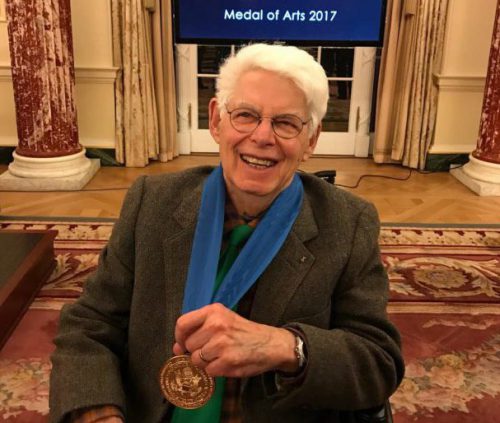
VTDigger.com – Vermont artist Wolf Kahn has reaped many awards in a life as colorful as his work, but the 89-year-old just traveled to Washington, D.C., to receive his first medal. “It’s big and heavy, with a blue ribbon you can put around your neck,” he says. “I thought I was getting the Medal of Freedom the president gave to the vice president.”
Although Kahn didn’t win the same accolade President Barack Obama surprised Joe Biden with on Thursday, the master of vibrant oil paint and pastels received a hefty honor the same day: the U.S. State Department’s International Medal of Arts. Please see the URL for the full article.

